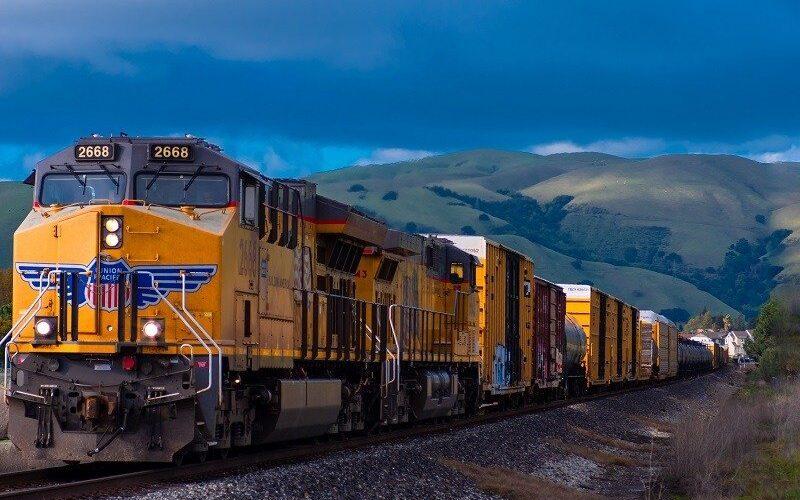
If you’re working in the transportation industry, then you’ve likely heard of rail tank cars. But what are they exactly? And what kind of products do they transport? Here’s everything you need to know about rail tank cars and their uses.
What Are Rail Tank Cars?
Rail tank cars are a type of railroad car that is used to transport liquids or gases over long distances. They have an enclosed cylindrical container with a capacity of up to 90,000 gallons and are made out of stainless steel or carbon steel. The walls are often insulated with fiberglass, wood, or asbestos for safety reasons and the exterior is designed to reduce wear and tear from wind and weather conditions.
What Kind of Products Do Rail Tank Cars Transport?
Rail tank cars are used for transporting a variety of different types of products, including oil, water, alcohol, chemicals, and hazardous materials such as chlorine gas and nuclear waste. Some tankers can even be converted into containers for dry bulk materials like plastics or grain. The type of product being transported will determine the type of tanker needed.
For instance, some may require special insulation due to the temperature sensitivity of certain liquids or gases. Furthermore, certain tankers may need additional safety measures such as valves and monitors in order to contain any leaks or spills that could occur during transport. These valves, such as those from McKenzie Valve and Machining LLC, are very important to ensure the safe transport and delivery of goods.
What Are the Benefits of Using Rail Tank Cars?
Rail tank cars offer several advantages over other forms of freight transportation such as trucks or ships. For example, railroads can carry heavier loads than roads and often have more efficient routes than ships because they don’t have to navigate around islands or bays.
Additionally, trains are less susceptible to extreme weather conditions than other modes such as trucks. This makes them ideal for transporting sensitive items like food or chemicals over long distances without risk of damage. Finally, trains also produce fewer emissions compared to trucks so they are better for the environment as well.
Rail tank cars offer many benefits over other forms of freight transportation such as cost savings on fuel costs and increased safety due to their ability to withstand extreme weather conditions and reduced emissions compared to trucking options. They can be used for transporting a variety of different types of goods ranging from oil and water all the way up to hazardous materials like chlorine gas and nuclear waste which make them incredibly versatile options for anyone working within the transportation industry.





